Expert Tips for Perfect Lighting Design in an Older Home
Topic:
Remodel Old Home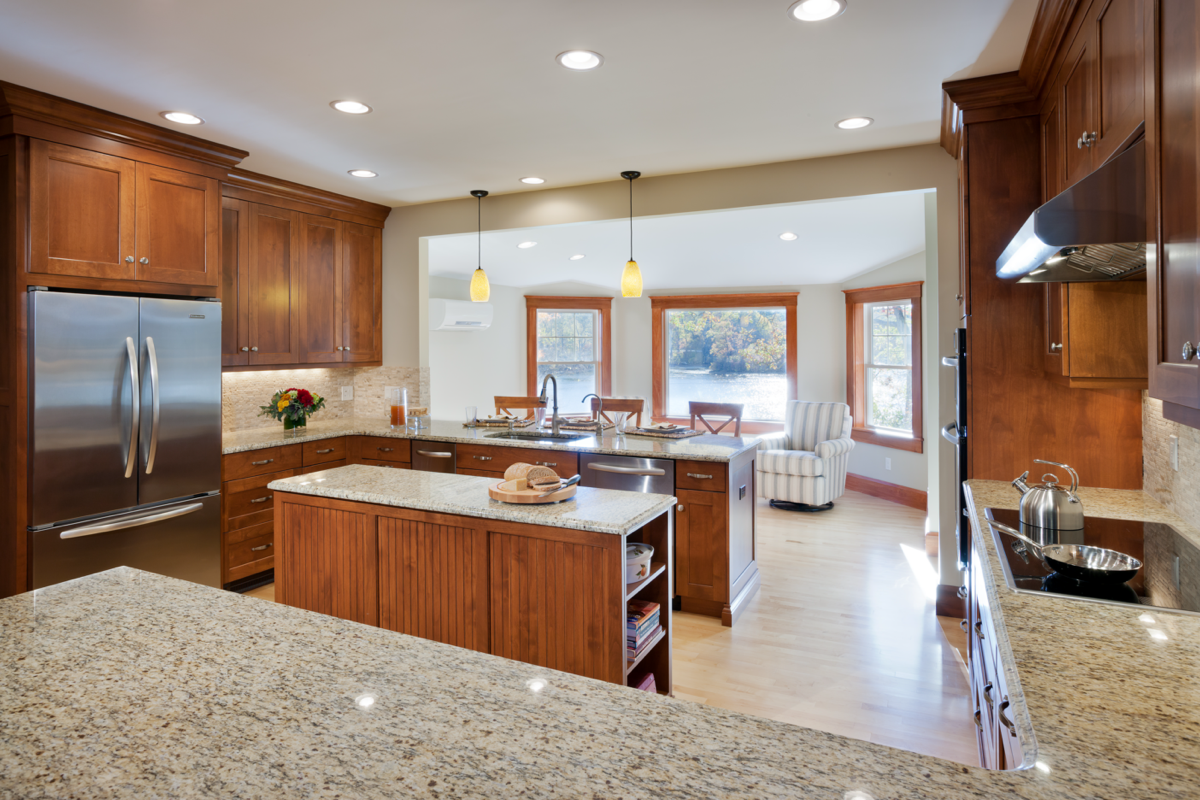
If it always feels like a “dark and stormy night” in your older home, it may be time to update your lighting. If there are certain rooms that just don’t seem to brighten up no matter the time of day, there are a number of things you can do to remedy that lack of light.
Older homes were not built with a lighting design plan in mind. Small rooms with dark wood paneling and/or dark wallpaper or paint were the order of the day. Electric lighting consisted of a small ceiling lamp in the middle of the room and a lamp or two situated in the corners.
But you are looking for a much brighter and better-lit home. So how do you put the right lighting plan together as part of your overall home renovation plan?
3 Kinds of Light
Before diving into specific problems and solutions, it is important to understand the kinds of light that is available to you as you put together your lighting design plan. Here are the three major types of lighting that will be a part of that plan.
1) Ambient light
Ambient light comes from either sunlight or lighting fixtures meant for creating general illumination in a space. Strategically placed windows create opportunities for natural ambient light throughout the day. Recessed lighting creates artificial ambient light in a room.
2) Task Lighting
Direct lighting is used to enhance the environment for visual tasks. You might install under cabinet lighting to illuminate countertops for meal preparation like chopping veggies, reading recipes, or measuring ingredients. Vanity sconces on the side of a mirror illumination for grooming tasks such as shaving or applying make up. And of course you will have desk/table lamps to illuminate working surfaces for reading, crafting, or computer work.
3) Decorative or Accent Lighting
Accent lighting creates a certain “sparkle and glow” in a space. Accent lighting is used to supplement other forms of light as well as to highlight unique design or architectural features. For example, accent lighting can be used to highlight your favorite artwork taking pride of place in your main living area. It can be used in glass cabinets to draw attention to decorative accents, or embedded in stair treads to help illuminate stairs in low light conditions.
Decorative lighting is used as a design element in and of itself. Lighting patterns or light fixtures can become independent points of visual interest. See examples below.
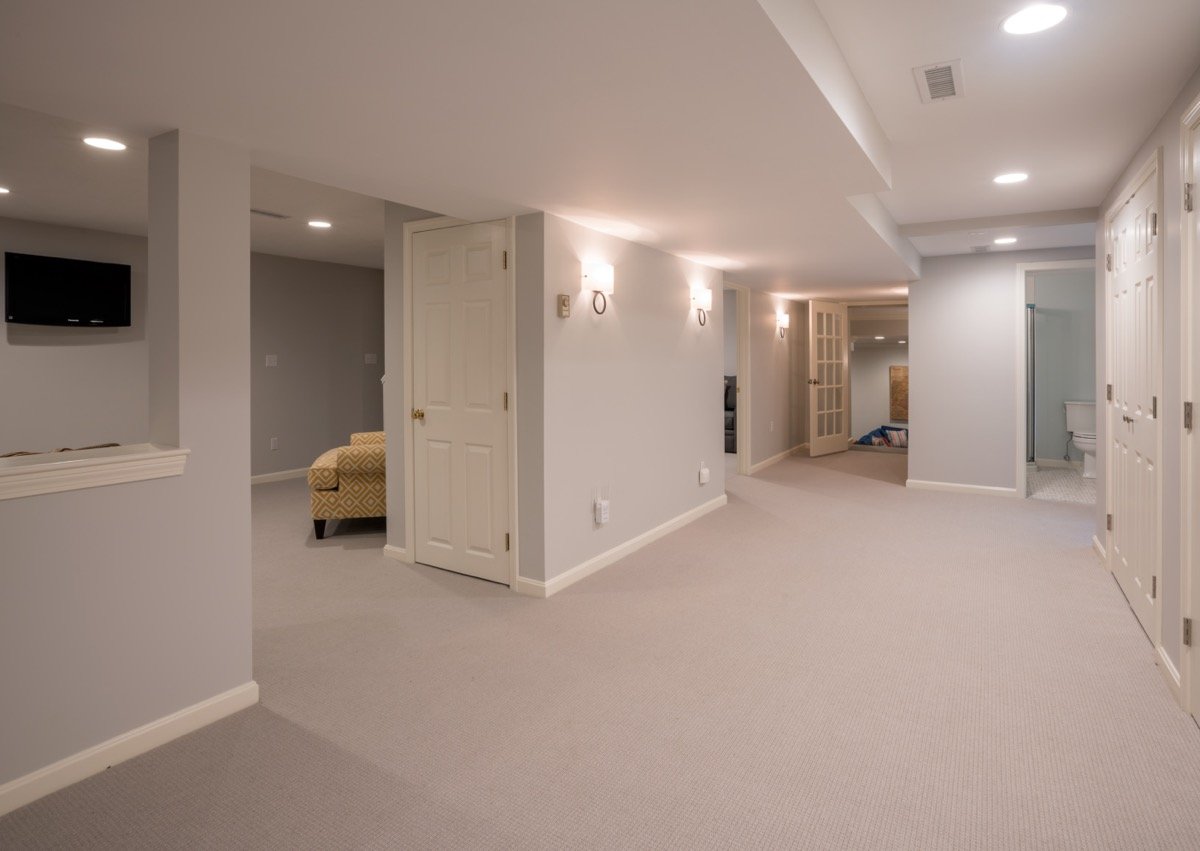
How to Make Dark Spaces Brighter in an Older Home
There are so many things you can do to make darker spaces brighter. An obvious place to start is to install larger and more windows to let in more natural ambient light. Also, consider window treatments carefully. Sometimes, in an effort to conform to the style of the era in which a home was built, homeowners will choose heavy, obstructive window treatments. You can make different choices without a negative impact on the charm of your older home.
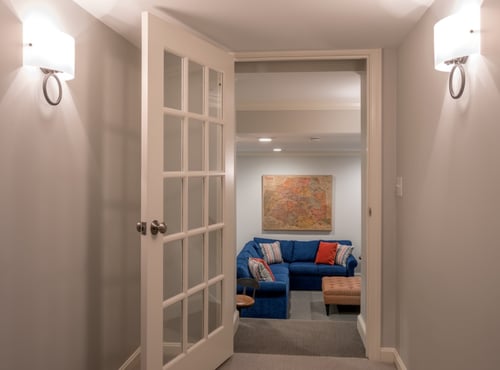 Also, a dark color is good for an accent wall, but choose light, crisp colors for most walls to make the space feel larger and brighter. You can use the same principle with furnishings. Use lighter tones for most of the furniture, and add some contrast with darker accent colors.
Also, a dark color is good for an accent wall, but choose light, crisp colors for most walls to make the space feel larger and brighter. You can use the same principle with furnishings. Use lighter tones for most of the furniture, and add some contrast with darker accent colors.
One simple thing you can do: change the light bulbs. Use brighter bulbs for task-oriented spaces like the kitchen and bath, and warmer bulbs for bedrooms and other areas where you are looking for a cozy feel.
Most older homes have spaces that are smaller and more “boxed in” than is the case in modern home design. Creating more light might mean removing walls to open spaces up to windows and other light sources.
Some things you can’t control, like the orientation of the home. But you can play to strengths and overcome challenges in a well thought-out lighting design plan. South-facing windows will receive the most sunlight, so take advantage of that. Older windows might be single-pane and along with being energy inefficient, can create too much glare – not ideal for ambient lighting.
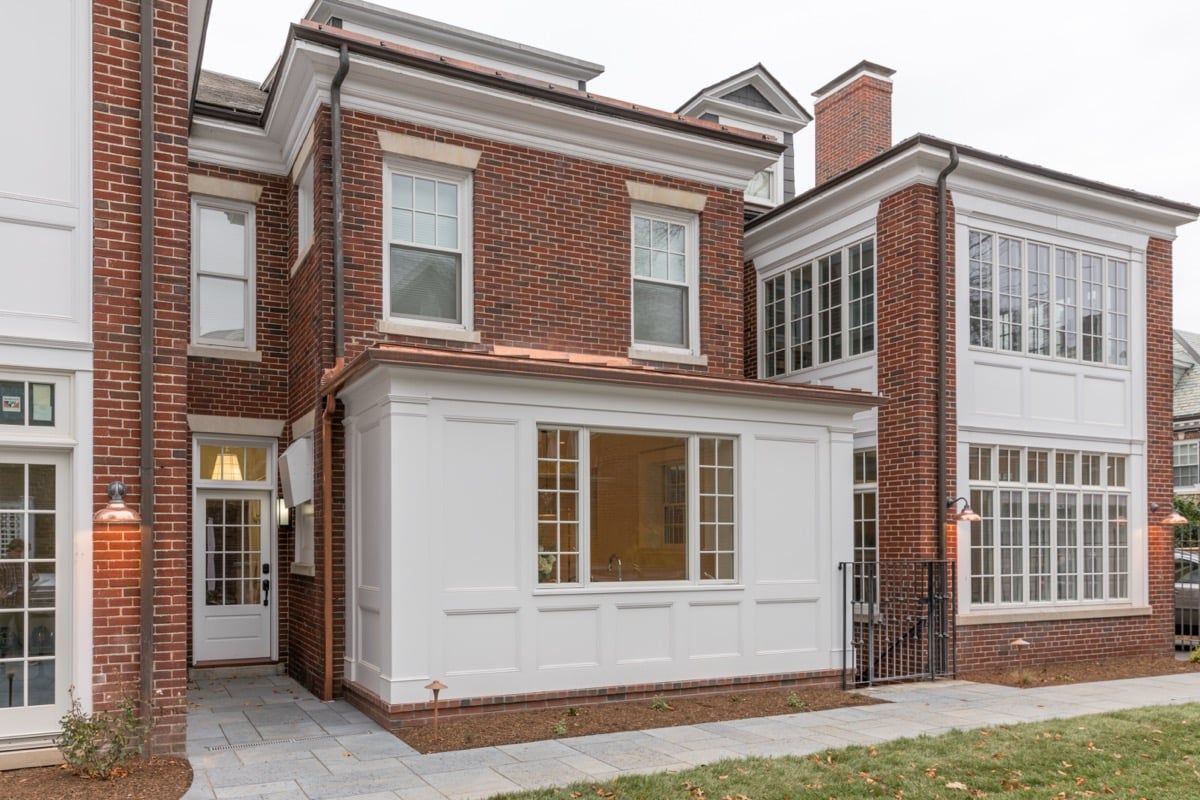
3 Ways to Update Lighting for Older Homes
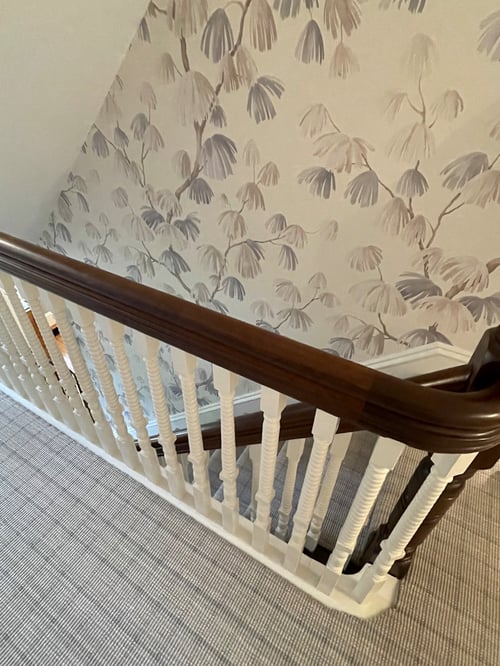 1) Recessed Lighting
1) Recessed Lighting
Add recessed lighting with dimming capability to rooms that only have ceiling mounted lights. Recessed lighting is a great way to enhance the amount of light in a space while not overpowering or crowding the room with decorative fixtures. Recessed lighting that can be dimmed compliments other forms of light and gives you more control over the intensity of light throughout the day.
2) Use Decorative Fixtures with Purpose
Add decorative fixtures to enhance visual interest. Adding decorative sconces or chandeliers not only provide light but can be used as design elements in and of themselves.
3) Accent Architecture with Accent Lighting
Old homes are rich with architectural elements that provide so much character such as historic brick walls, elaborate applied wall paneling, and wide plank flooring. Use accent lighting to draw attention to key architectural features that give a home its character and sense of individuality.
Code Requirements for Lighting
Lighting is just one aspect of energy usage in modern homes. Updating your lighting design in an older home might mean updating your electrical panels and adding amperage. With electricity needs for computers, HVAC systems, sump pumps, appliances, and more, there is a lot more demand for electricity than there was when your home was built even 50 years ago, much more so if it is 75, 100 years or more old.
Especially if you are limping along on 100 amp service, you might be out of code and need to increase to 200 amps. You might need to add a panel to meet the new demands for lighting and other aspects of your home renovation.
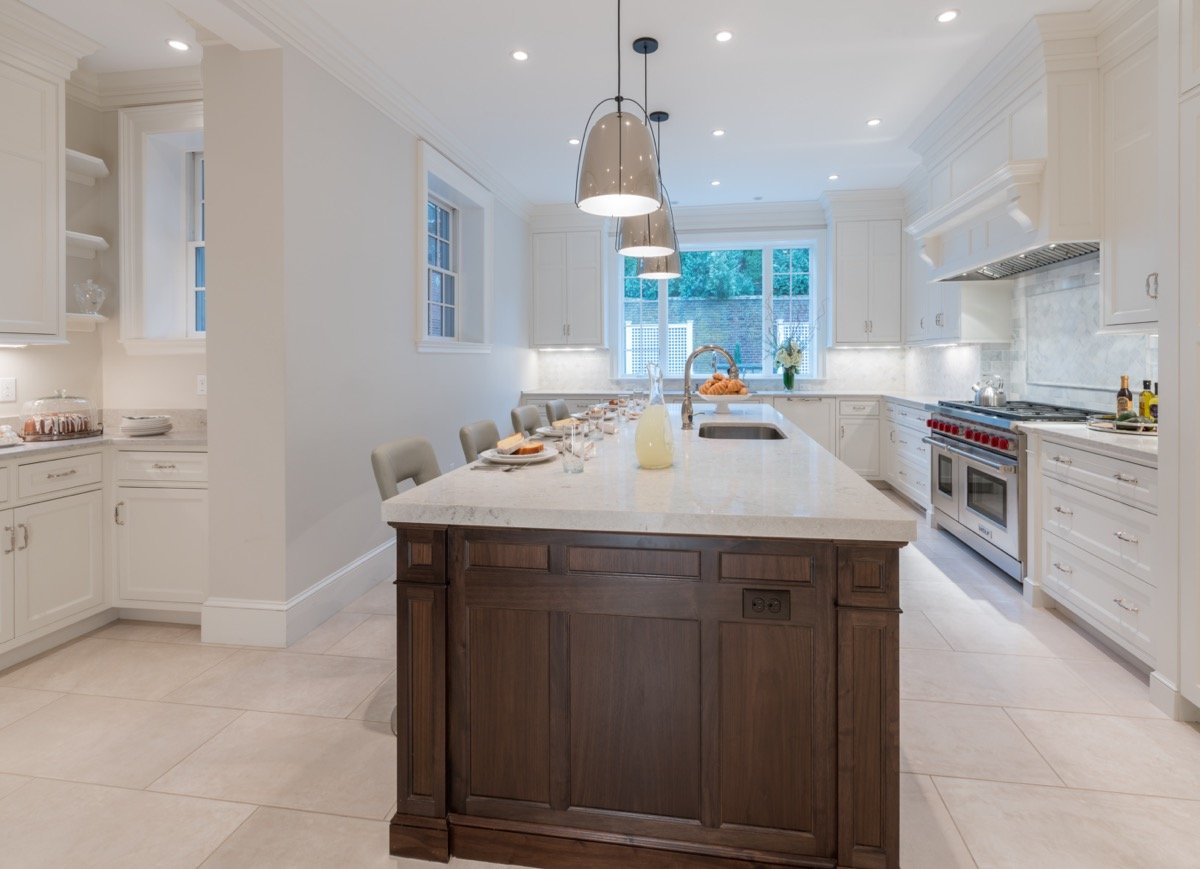
Lighting Design in Your Older Home
A good designer can help you create the ideal lighting design plan for your older home. They will have excellent resources for lighting that fits into the period and aesthetic of your home, while being energy-efficient, meeting modern codes, and achieving the lighting goal (task, ambient, or decorative) you are looking for. The right designers and architects can help bring your vision to life, and show you lighting design options you might not have otherwise considered.
Learn more about what you need to make your older home remodeling project a success by downloading our free ebook, The Top 12 Things to Know Before Remodeling an Old Home.


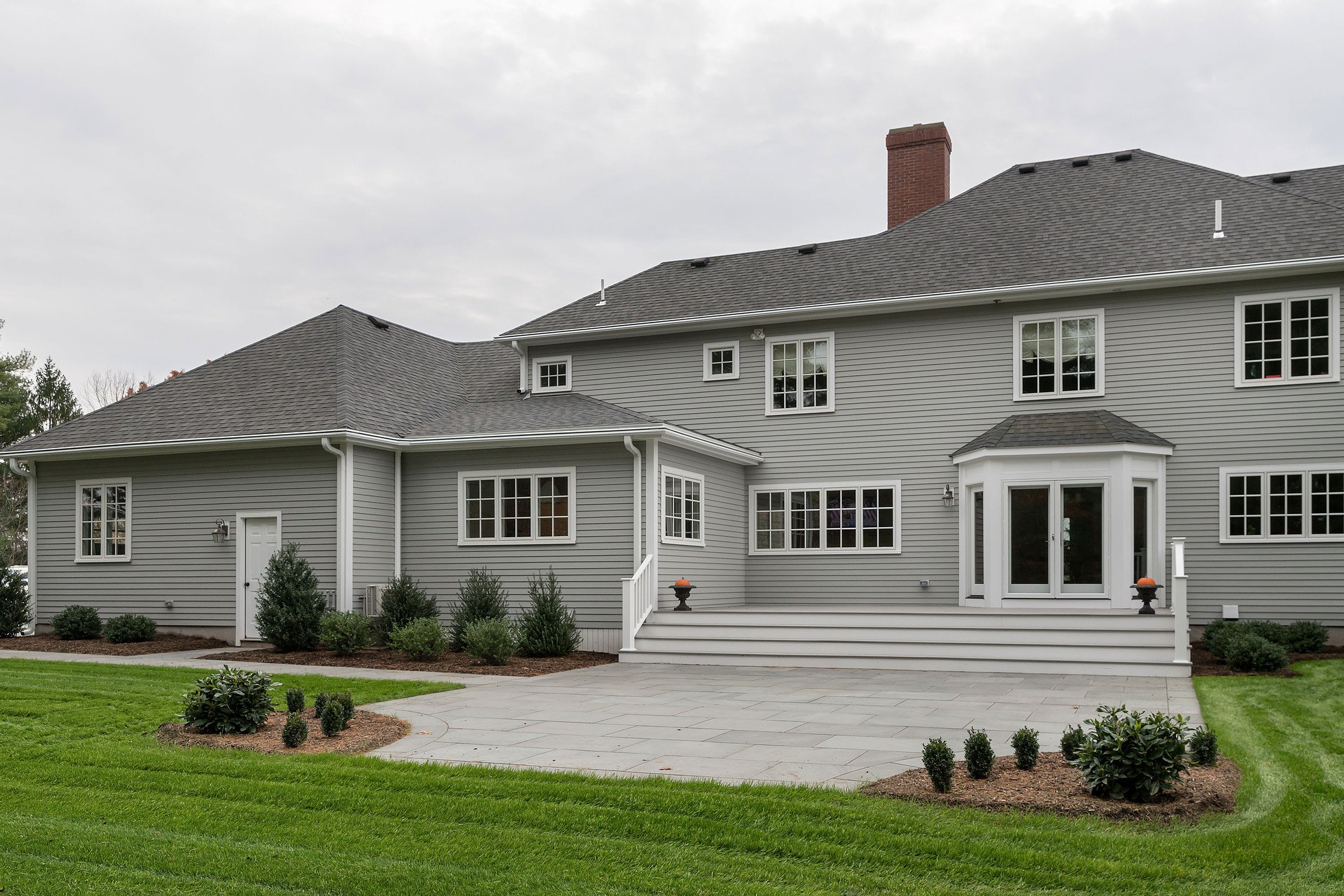
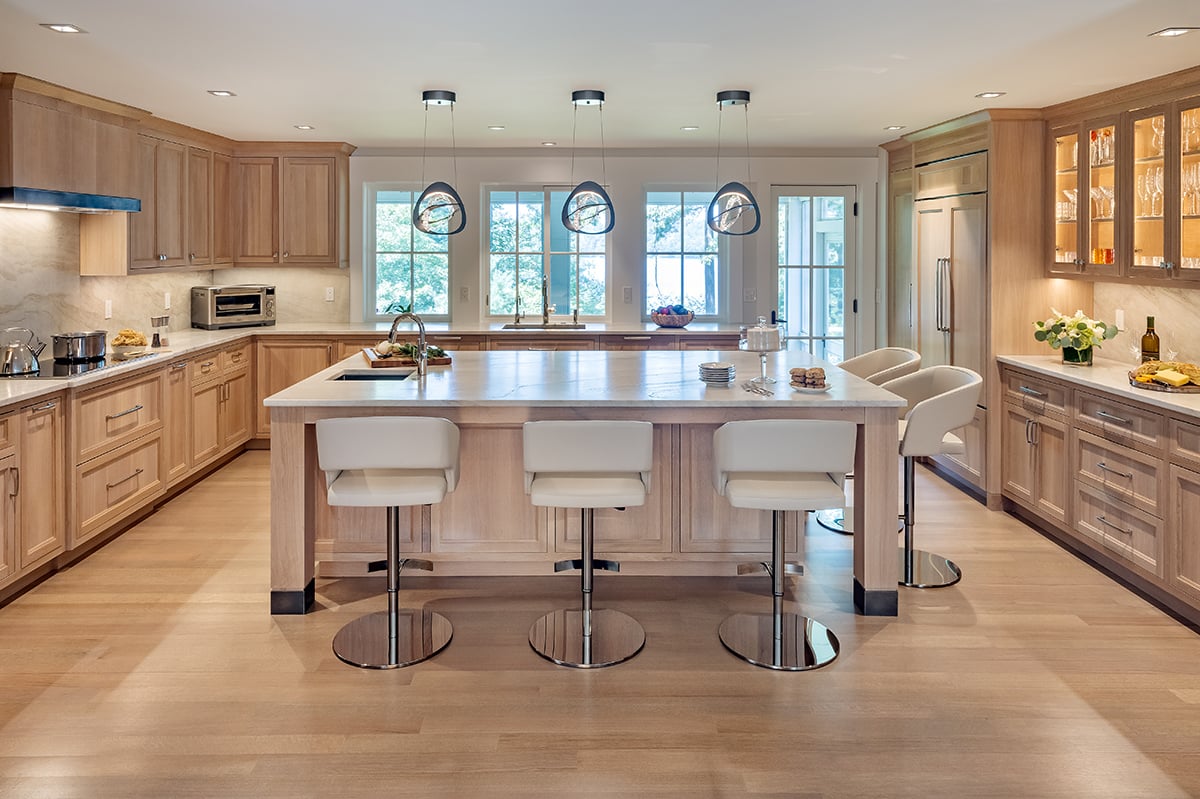
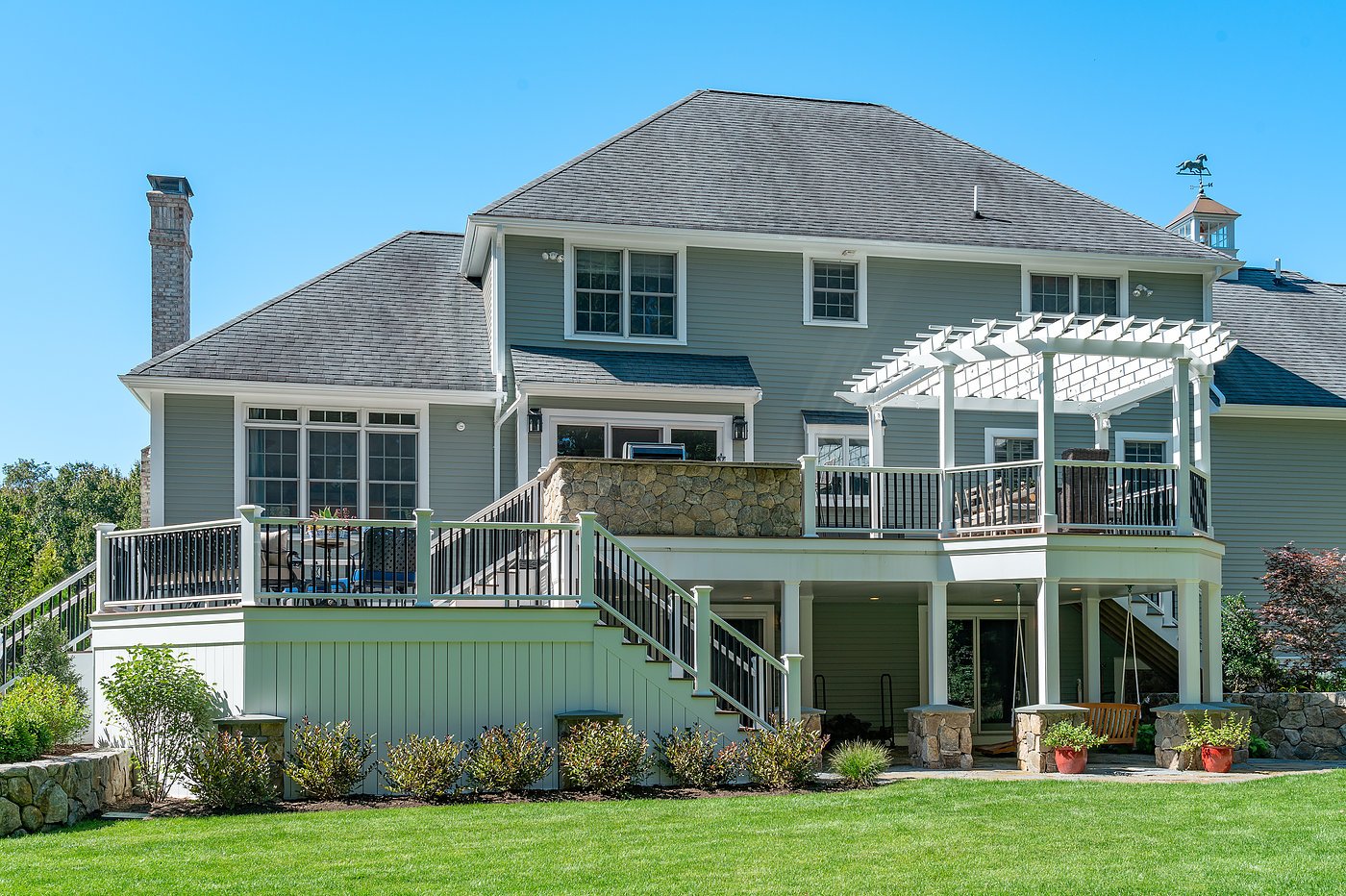
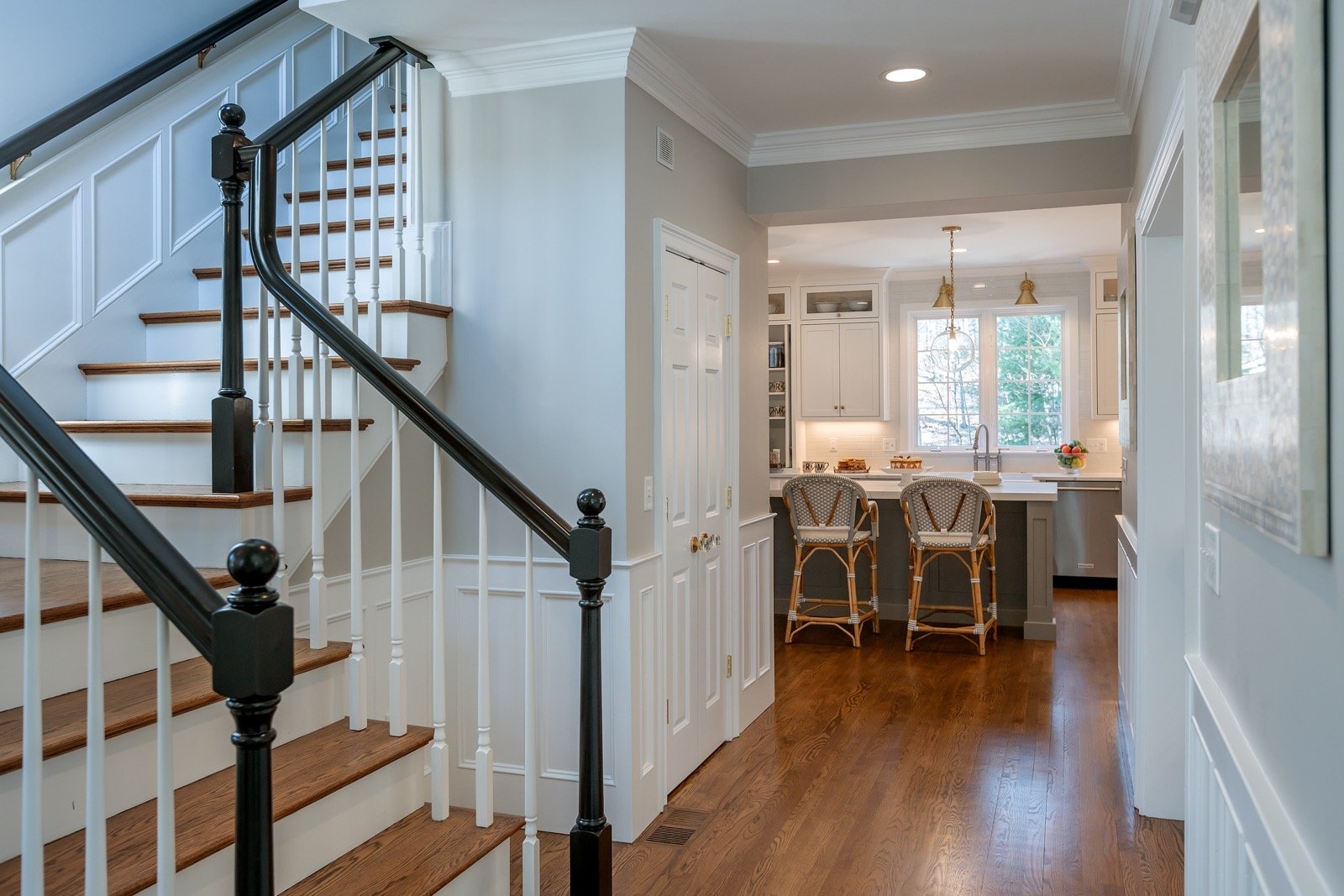
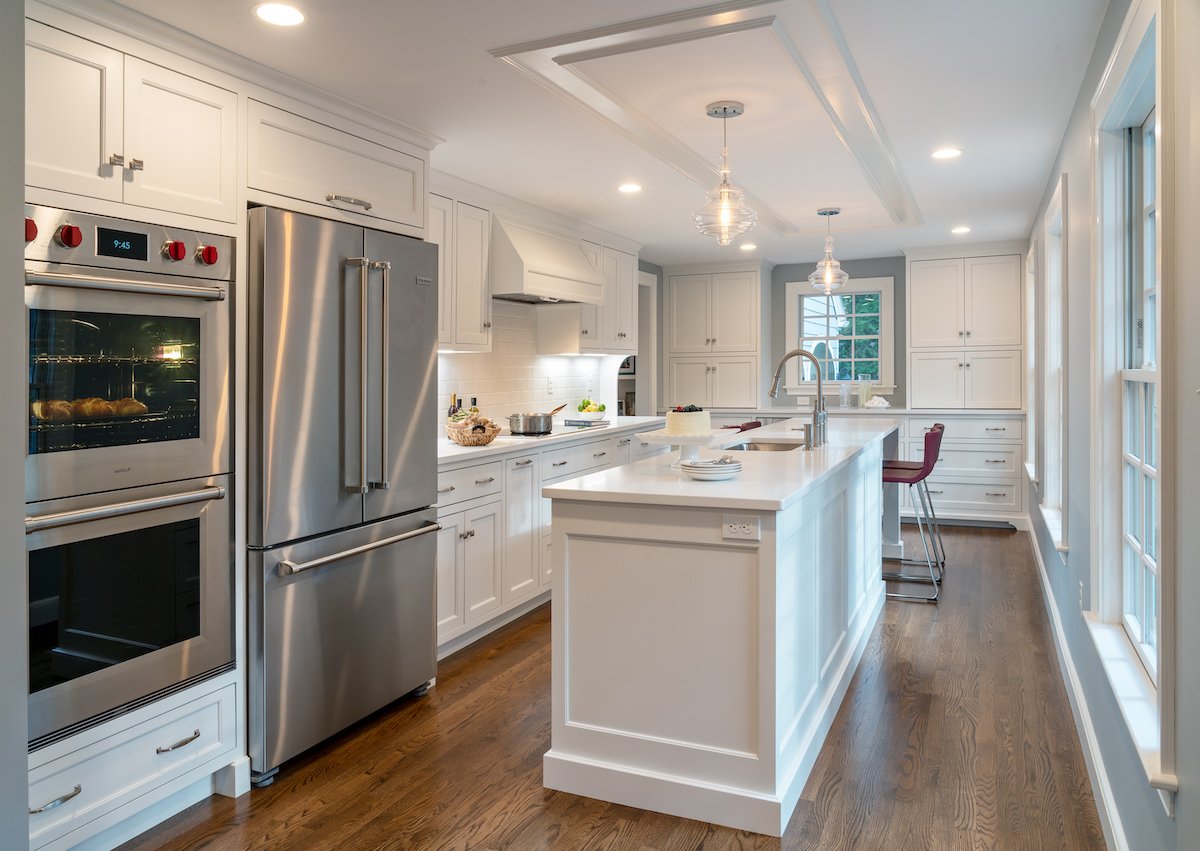
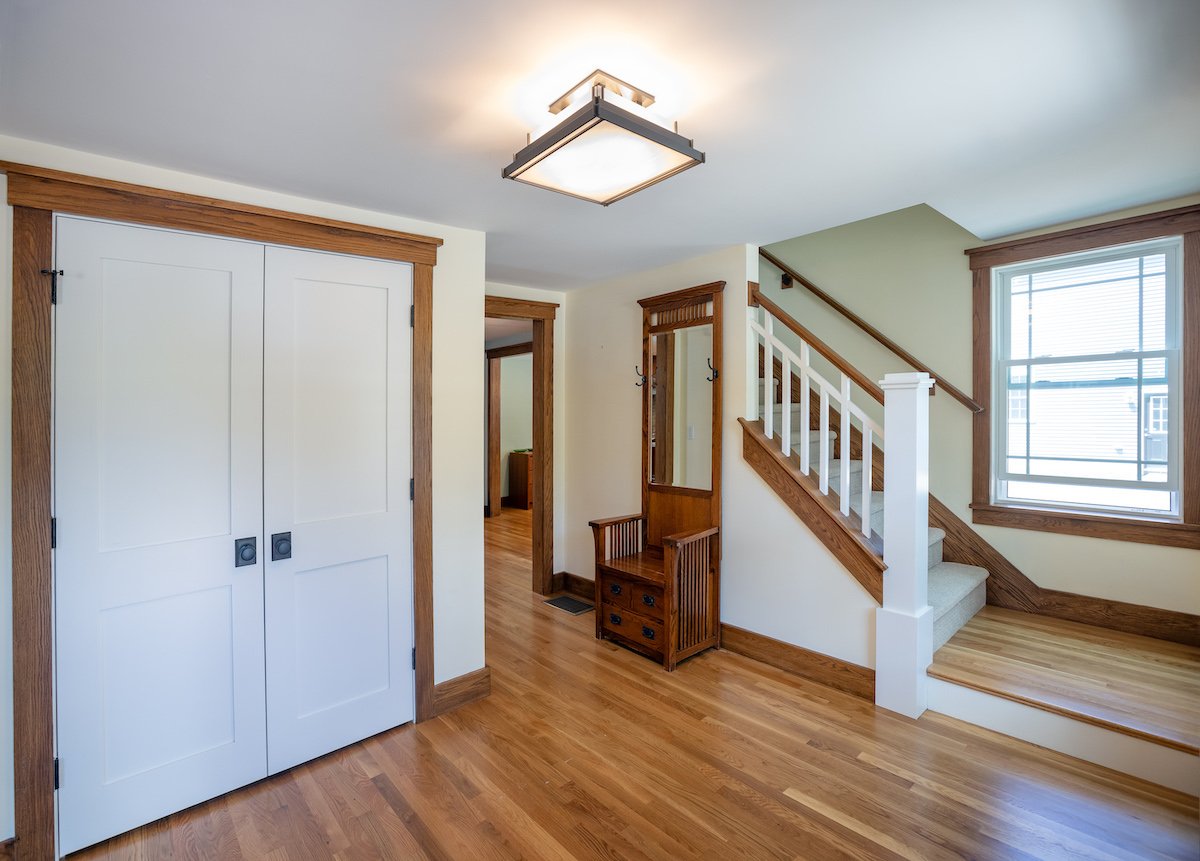
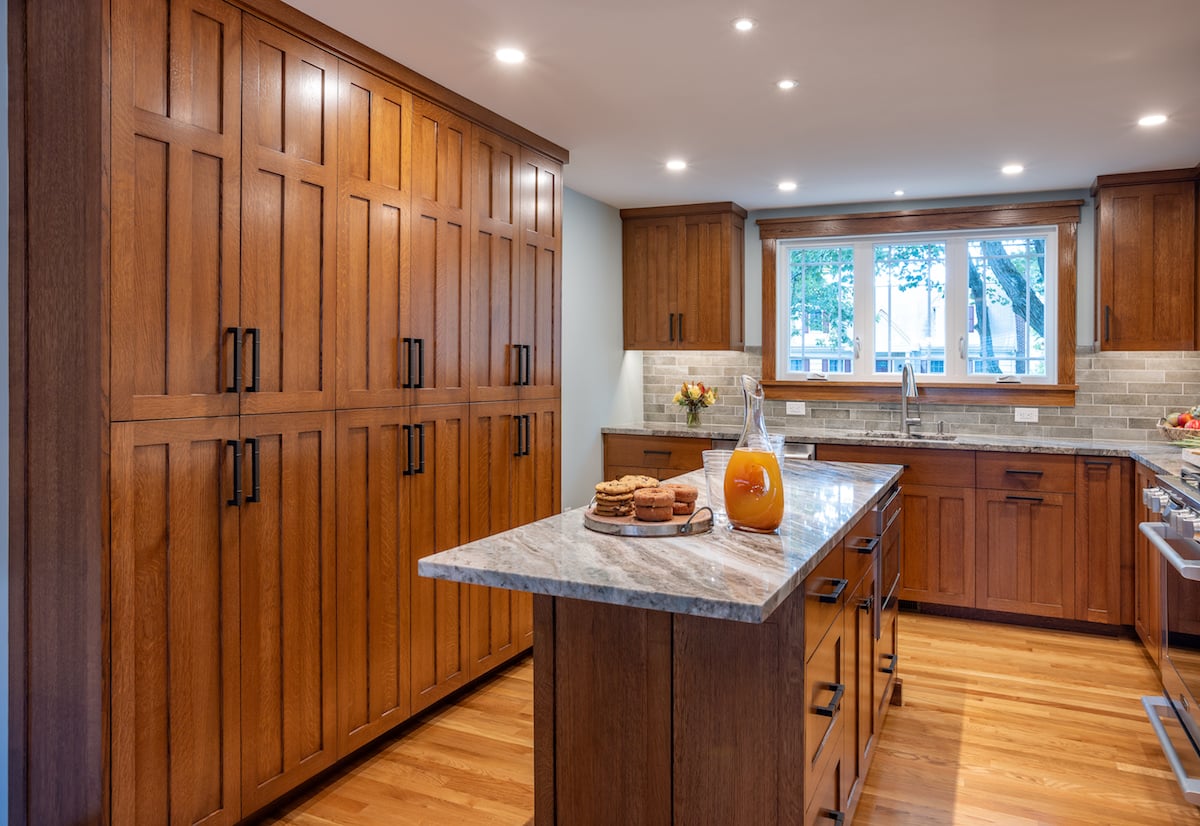
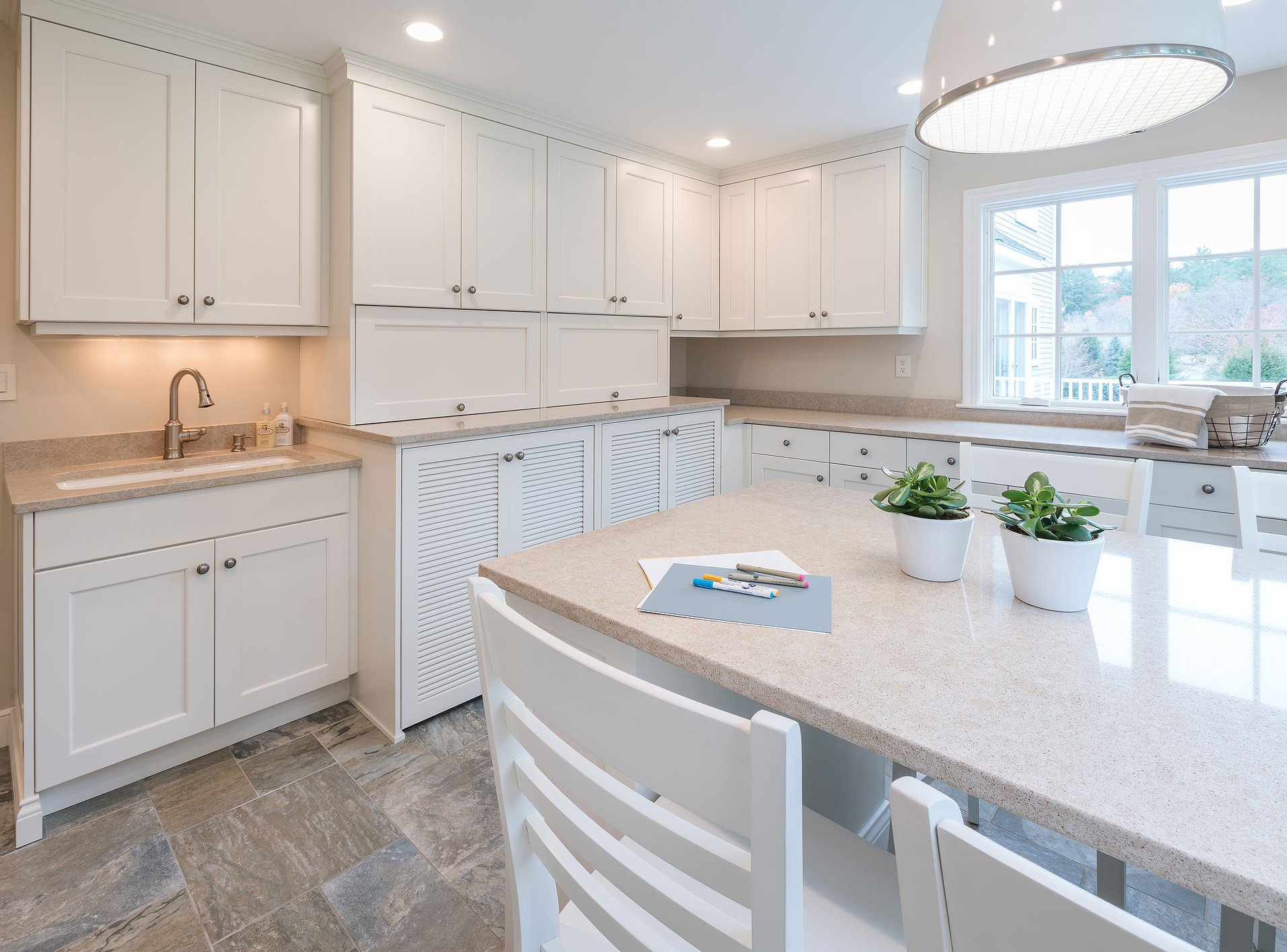
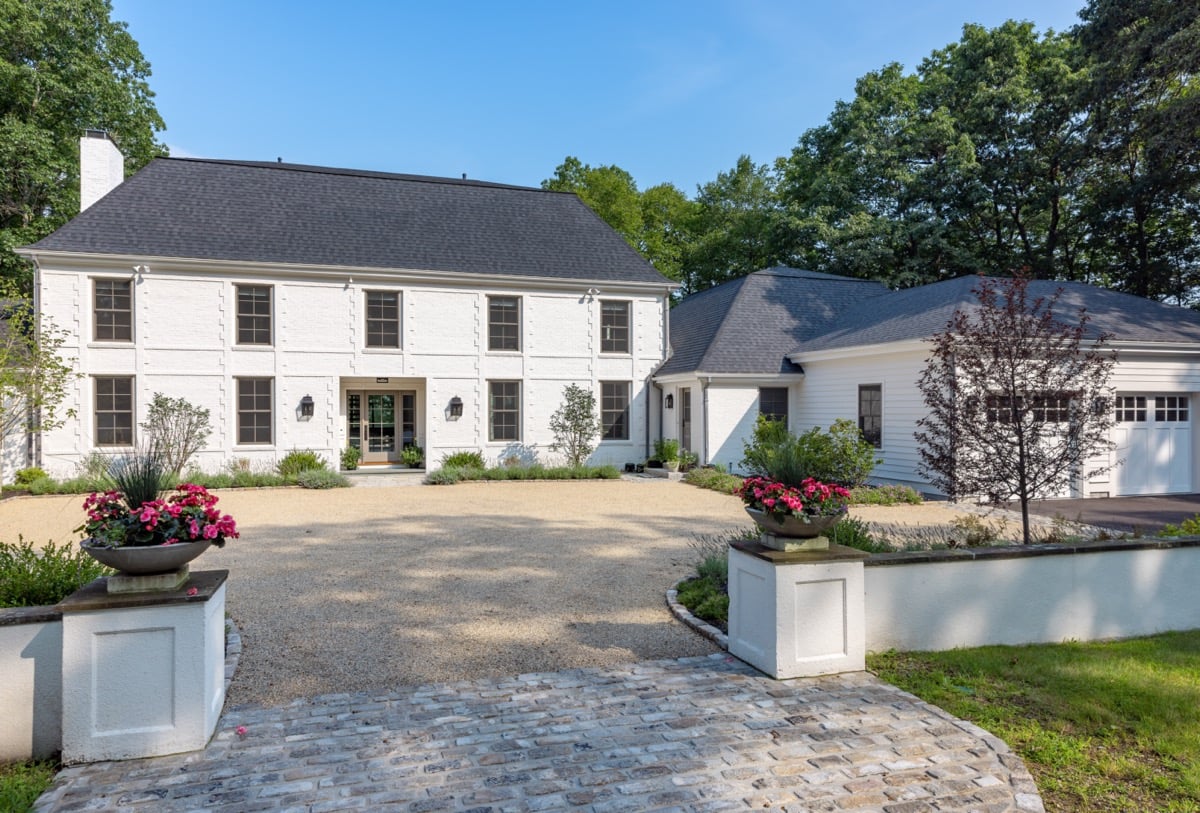
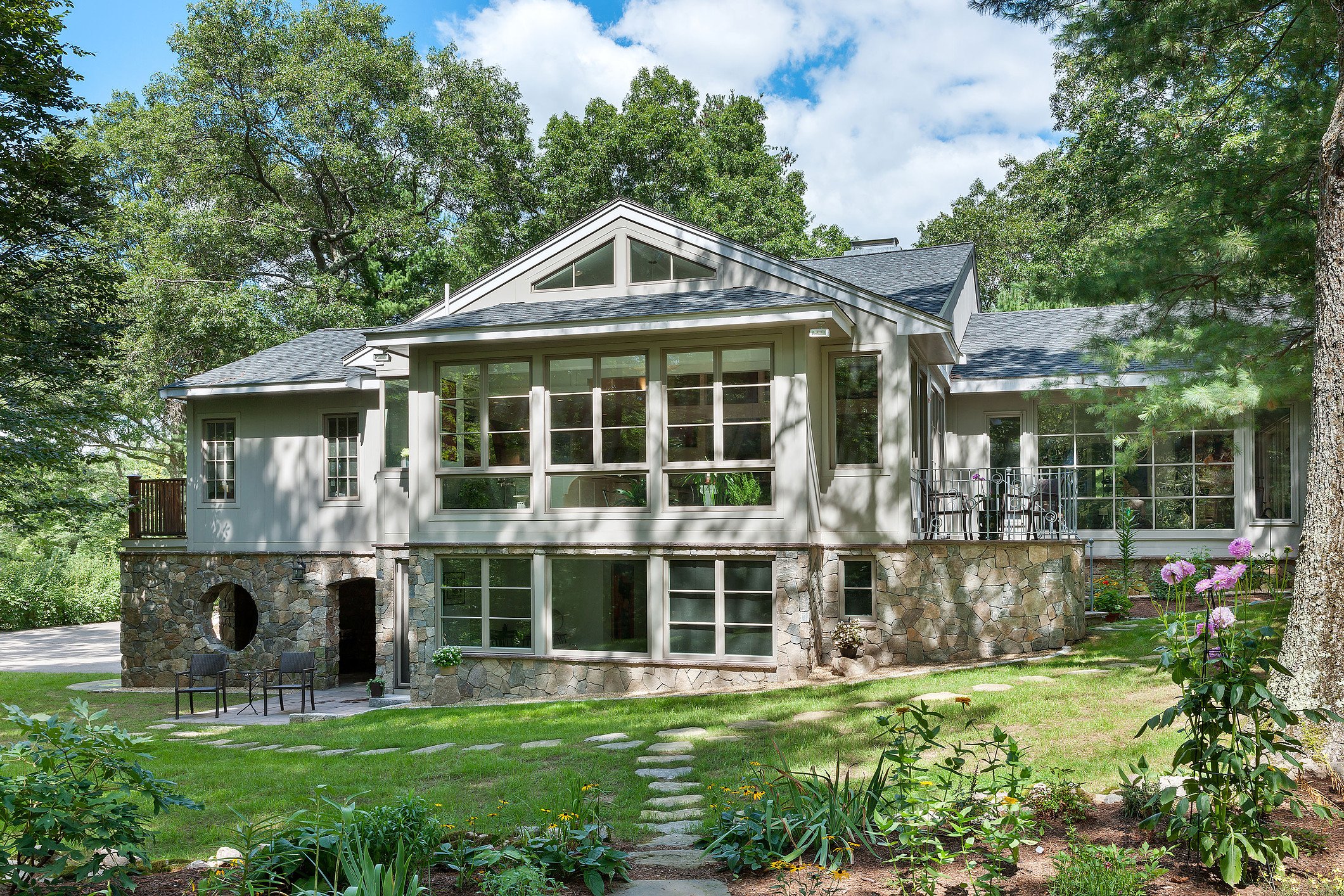
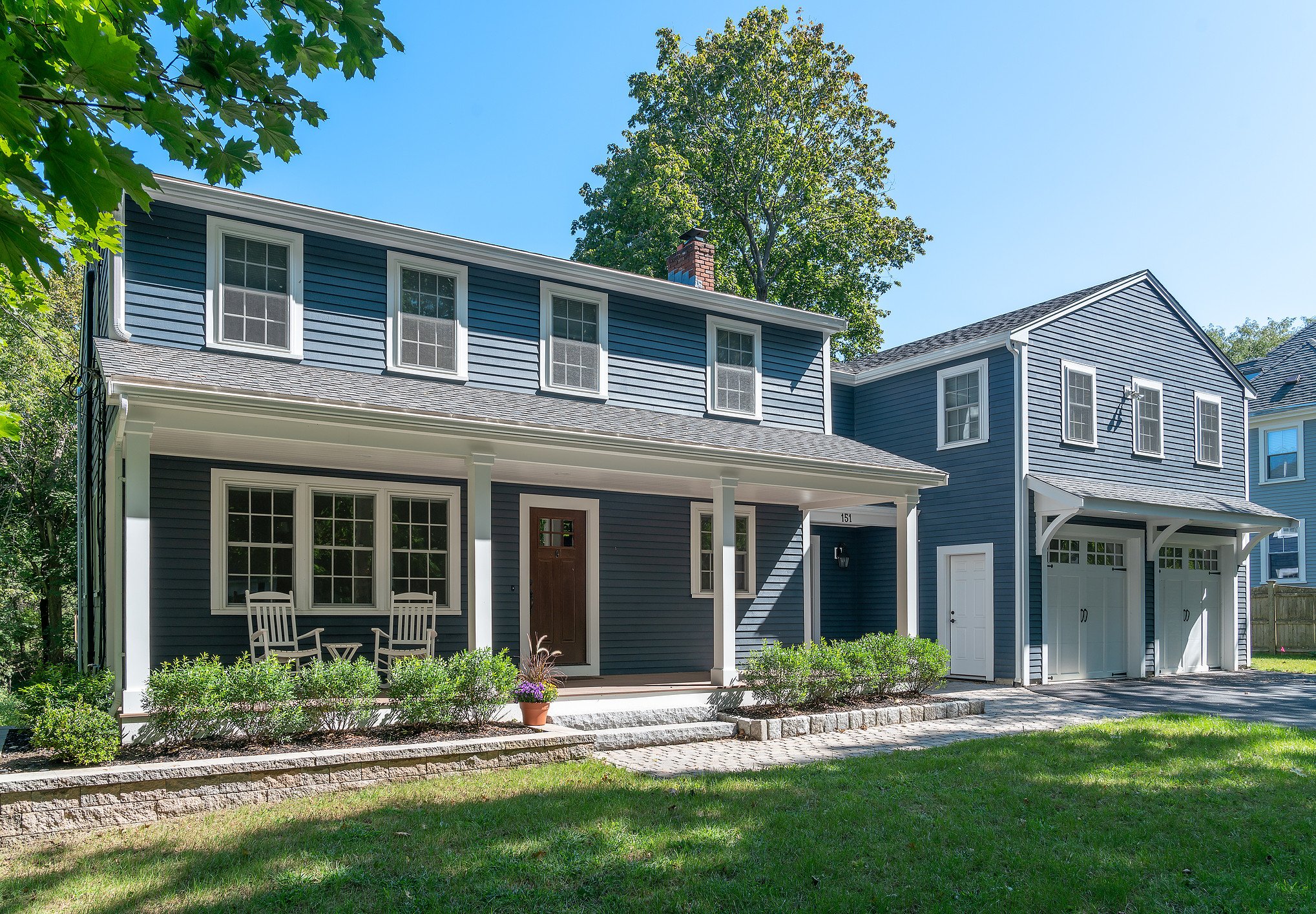
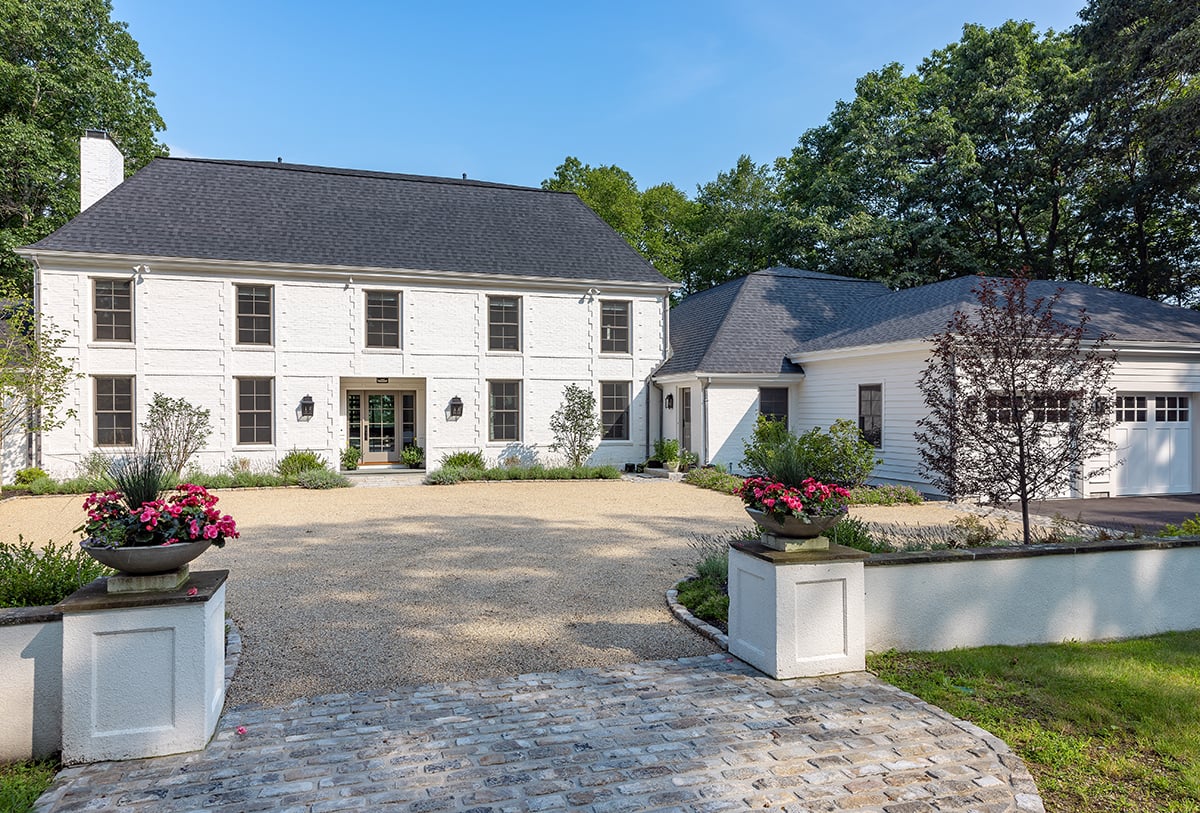
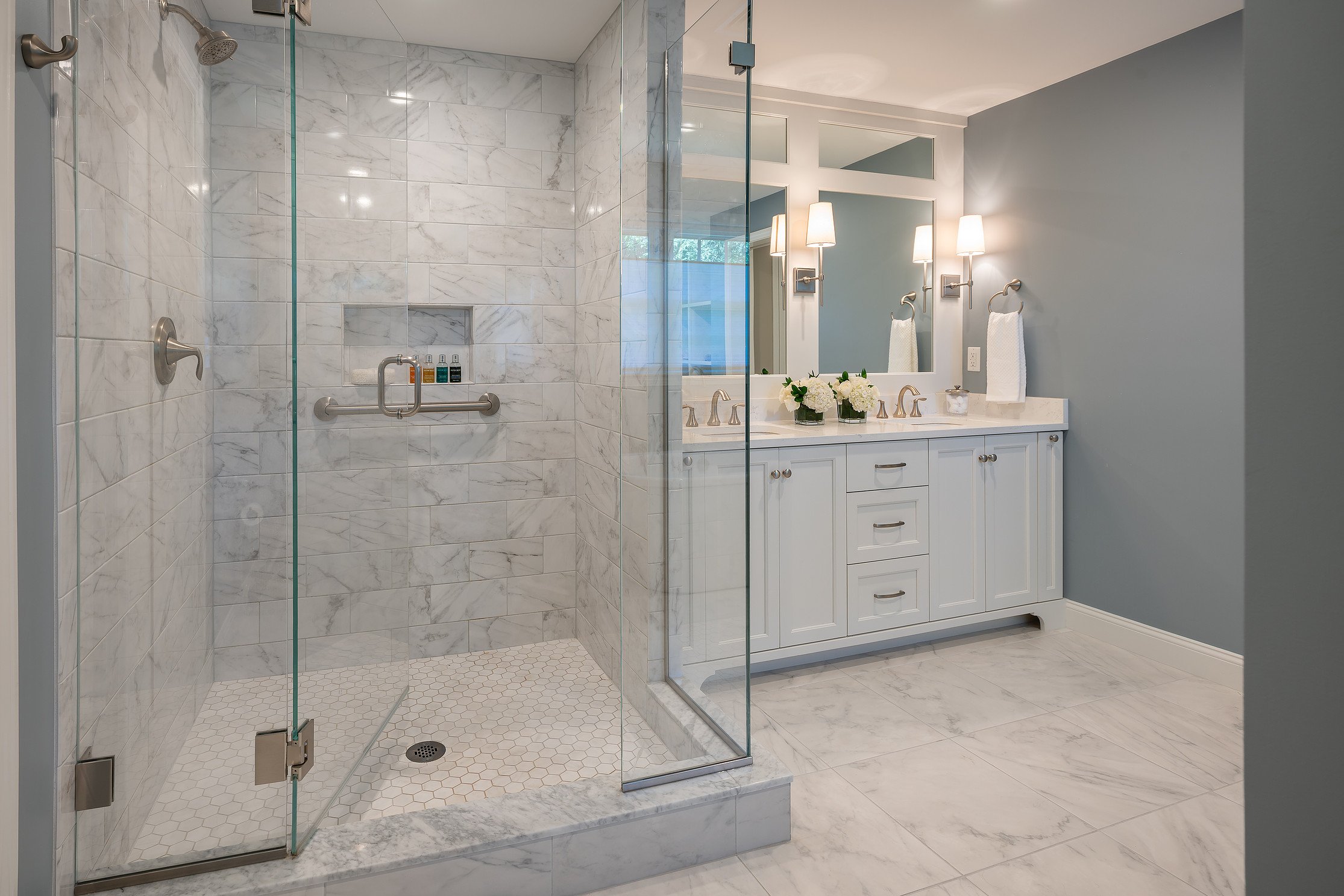
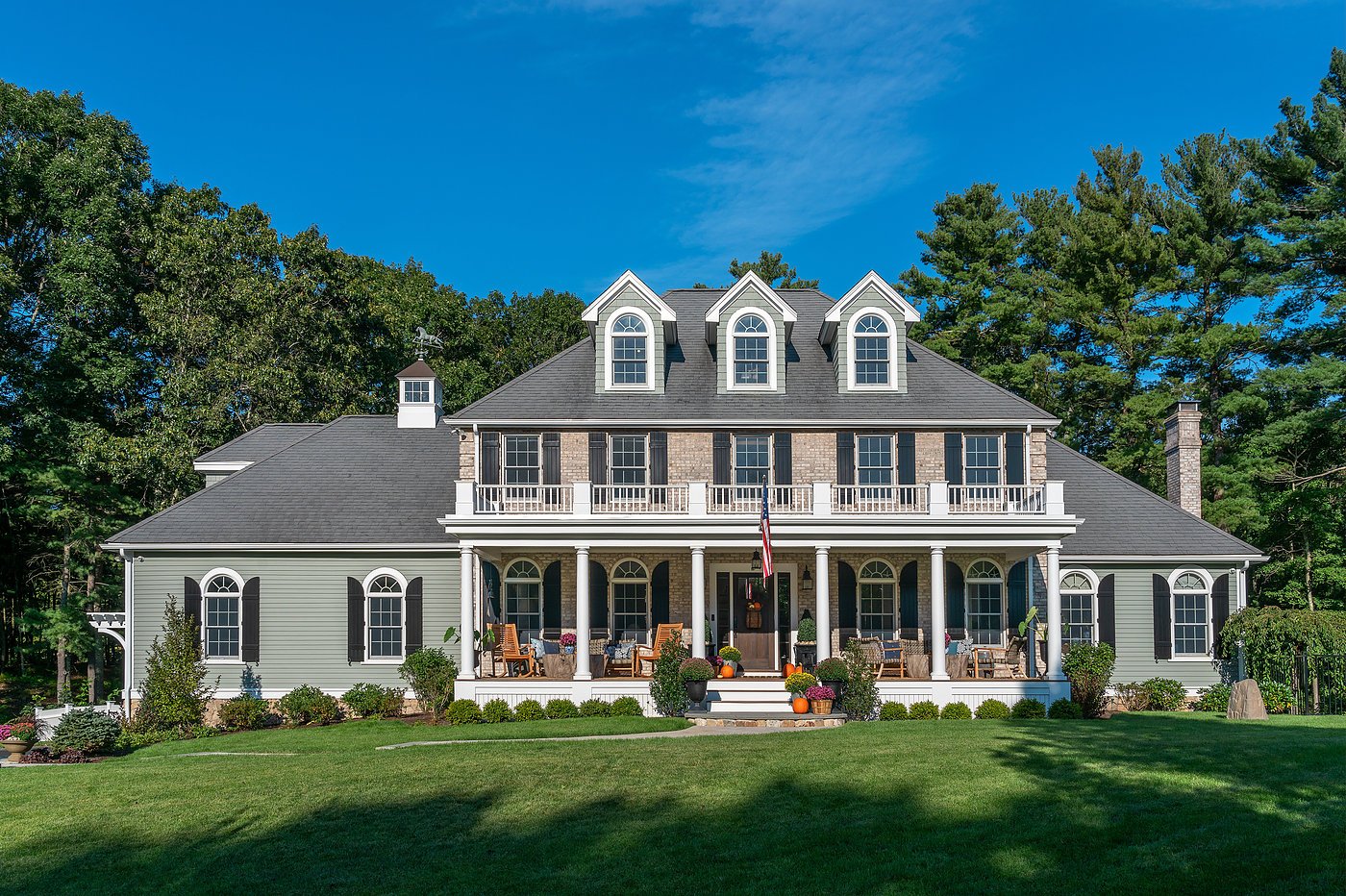
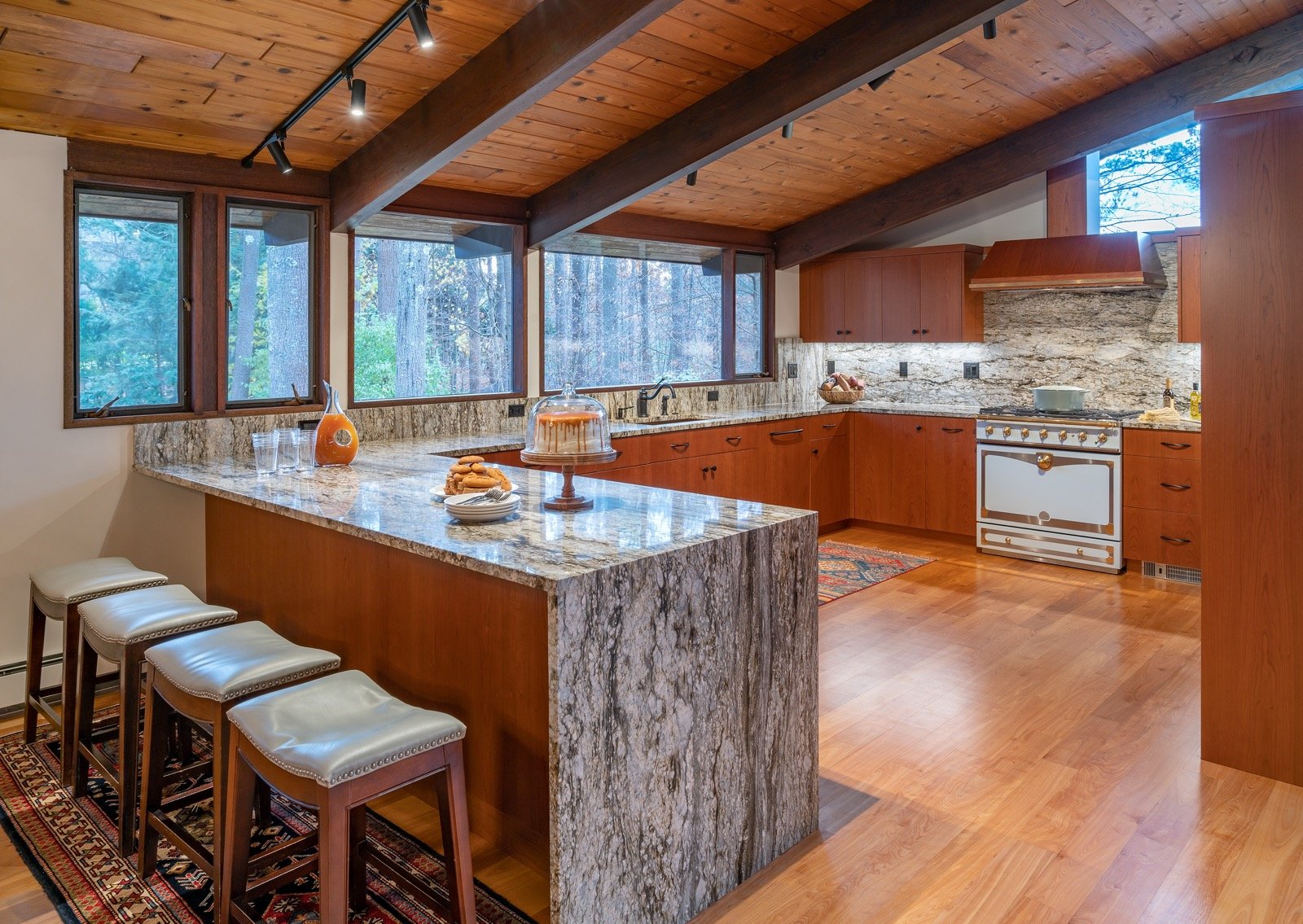
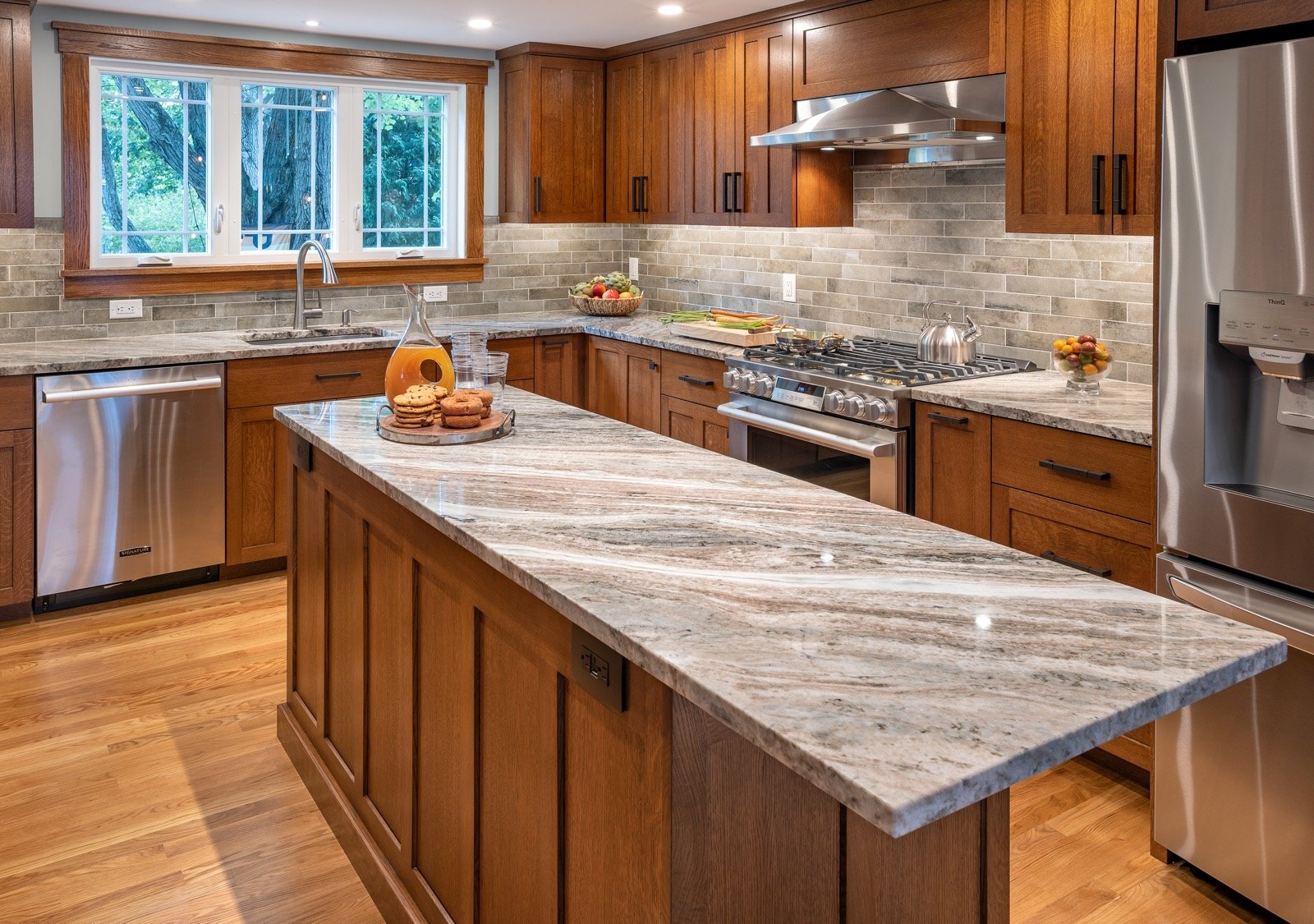
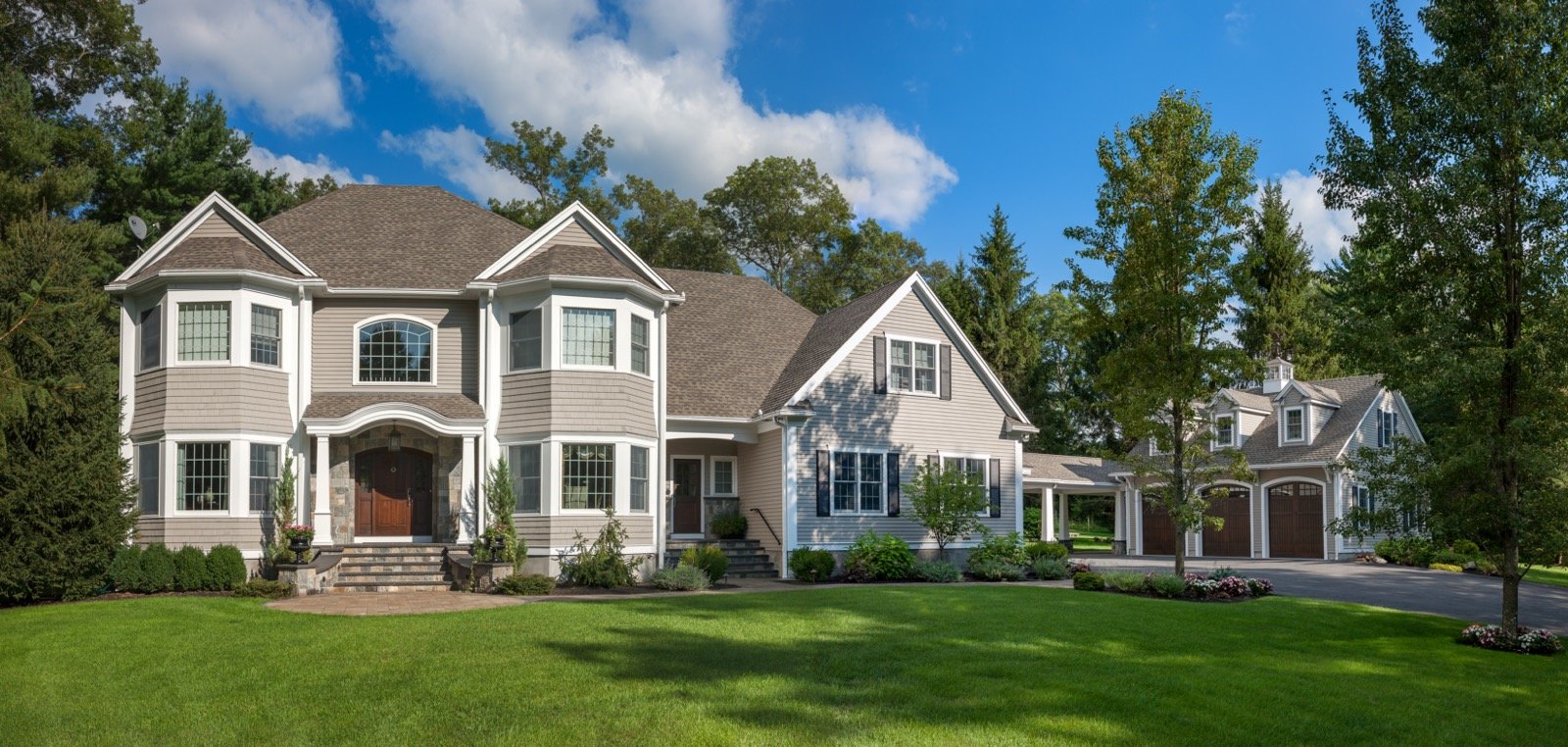
Leave a comment